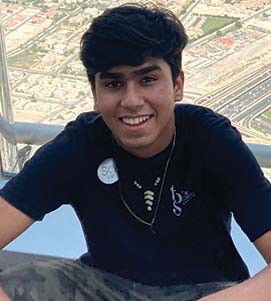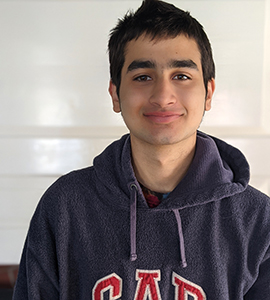Driving Question:
How can we use media to respectfully share Indigenous Australian Dreamtime stories and cultural knowledge while honoring Aboriginal rights and sensitivities?
Module Summary:
The module titled “I See You” challenged students to engage deeply with complex themes of power dynamics, equity, and oppression, examining their manifestations both in Australia and their respective cultural contexts. Emphasizing experiential learning, the module aims to cultivate an understanding of media’s multifaceted roles.

A significant focus of the module was on respectfully sharing Indigenous Australian Dreamtime stories and cultural knowledge, while honoring Aboriginal rights and sensitivities. With over 500 distinct Aboriginal groups and a history spanning 60,000 years, Aboriginal culture’s profound connection to the land is central. The module included immersive experiences in Aboriginal communities, such as in North Queensland, where students explore fundamental questions about land and its significance.
The culmination of these experiences often results in creative projects like films. For instance, “Dear Yabula” and “Lore of the Land” are films crafted by students. These works aim to convey the deep perspectives and wisdom of Aboriginal cultures, particularly their relationship with ancestral lands. Inspired by the songlines of various Aboriginal peoples, including the Wurundjeri Woi-wurrung, Bunurong/Boon Wurrung, Gimuy-walubarra Yidi, and Dyirribarra Bagirbarr, the films are developed with permission and serve as respectful conduits for sharing Indigenous stories and knowledge. The module thus underscores the importance of media in fostering understanding and appreciation of Indigenous cultures while navigating ethical considerations and respecting cultural protocols.

